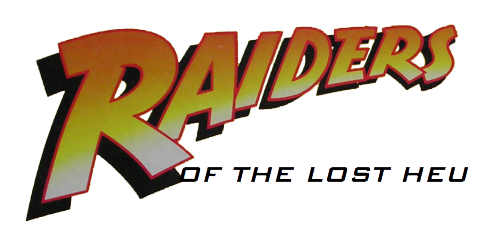
That was just cooler than the original title of the post, “Nuclear Archeology and Highly Enriched Uranium”—a subject that Frank Von Hippel mentioned during a really interesting meeting organized by Stephen Schwartz and the The Nonproliferation Review.
Frank discussed his article with FAS’ Steven Aftergood entitled the “US HEU declaration, The U.S. Highly Enriched Uranium Declaration: Transparency Deferred But Not Denied.”
The document, which is available on the FAS website, is a fascinating read. Frank and Steve wrenched loose the document, which covers US HEU production from 1946 through 1996, from the clutches of DOE using the Freedom of Information Act.
Frank made a proposal that I think is really interesting. He proposed using the declaration as the basis for a joint verification experiment between US and Russian labs.
I asked about the technical details of such an experiment. Frank mentioned depleted uranium, pointing to Steve Fetter’s article on nuclear archeology, and added “I am sure there are some other good ideas out there.”
Here is the relevant paragraph from Fetter, Nuclear Archaeology: Verifying Declarations of Fissile-Material Production:
Verifying HEU production is more difficult because enrichment facilities have been used to produce uranium of varying enrichments. LEU is unusable for bombs, but almost any facility capable of producing LEU is theoretically capable of producing HEU. If a nation claims to have produced only LEU, one could verify this by measuring the U-235:U-234 ratio in the tails, assuming that the tails are available for inspection and that the composition of the feed is known. The date that the tails were produced can be estimated by measuring the concentration of decay products of uranium isotopes, thus providing additional data that can be used to verify the accuracy of production records.
The National Academies Study on Monitoring Nuclear Weapons and Nuclear-Explosive Materials: An Assessment of Methods and Capabilities (2005), in which Steve participated, was cautious about the challenges of verifying past HEU production, noting that “a comprehensive inventory of depleted uranium stocks of U.S. and Russian would be very difficult and costly, and the resulting estimate of HEU production probably would not be sufficiently accurate to be useful.”
In particular, the National Academies panel pointed to the difficult (but ultimately successful) effort to verify South Africa’s HEU declaration. That process is explained in some detail in Adolf von Baeckmann, Gary Dillon, and Demetrius Perricos, “Nuclear Verification in South Africa,” IAEA Bulletin, 37 (March 1995) full text.
This doesn’t mean, of course, that the joint experiment couldn’t be useful in developing techniques for smaller cases such as South Africa or thinking about transparency requirements for states like Iran that move into the the uranium enrichment business.
